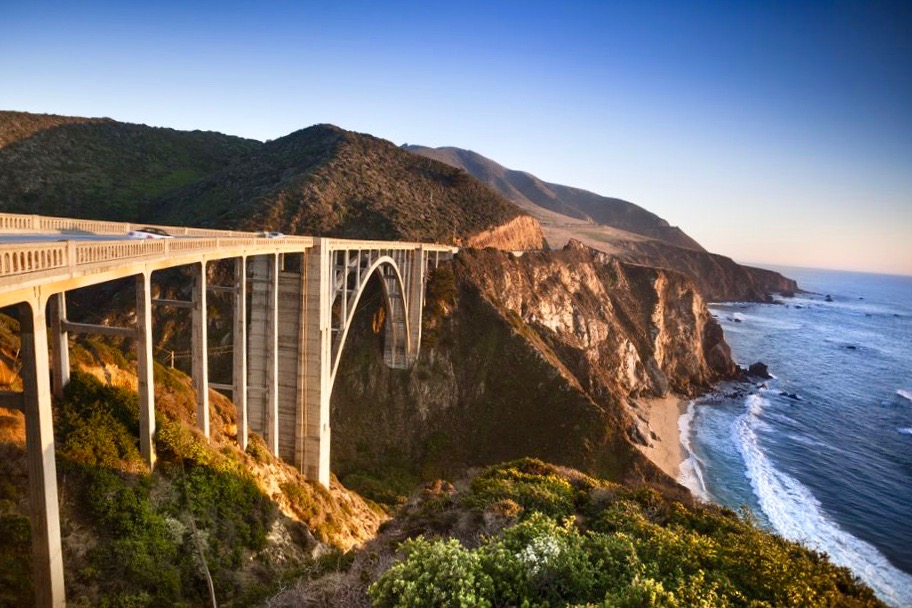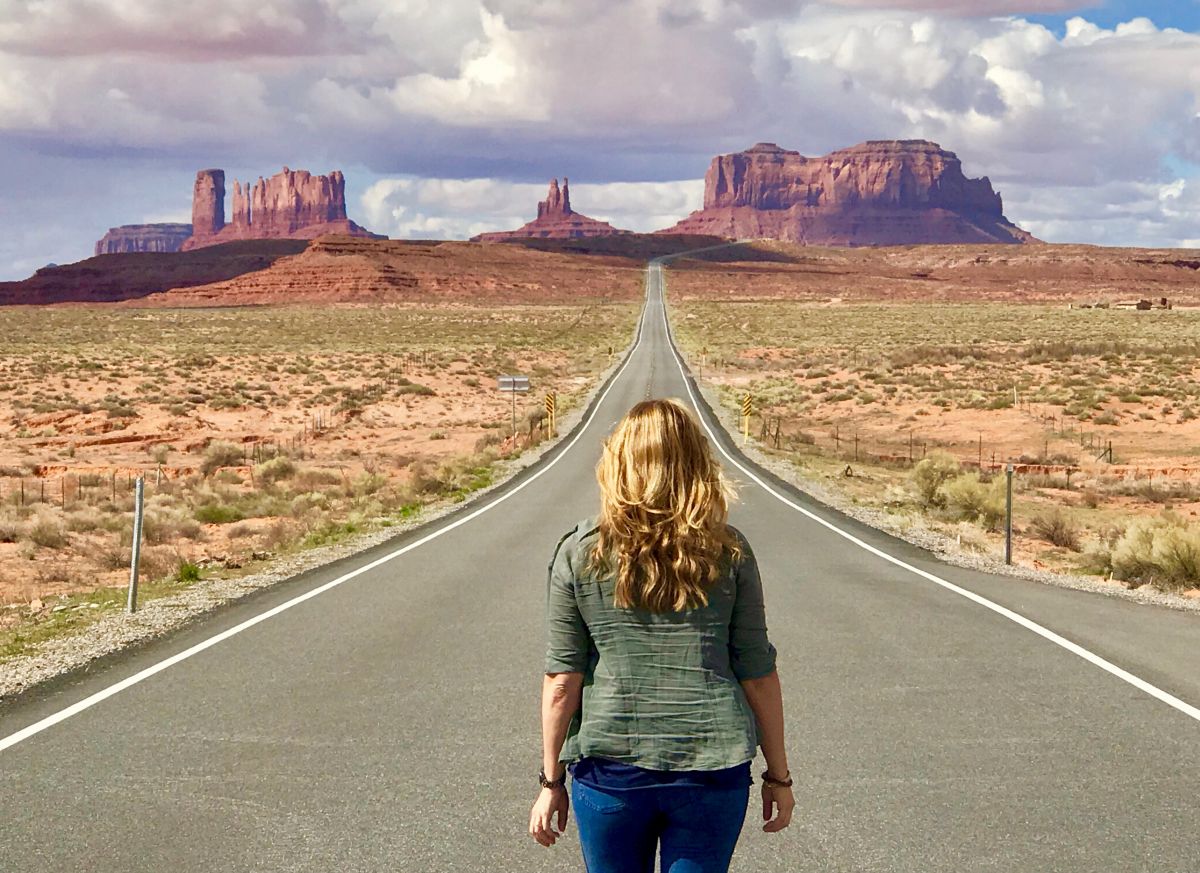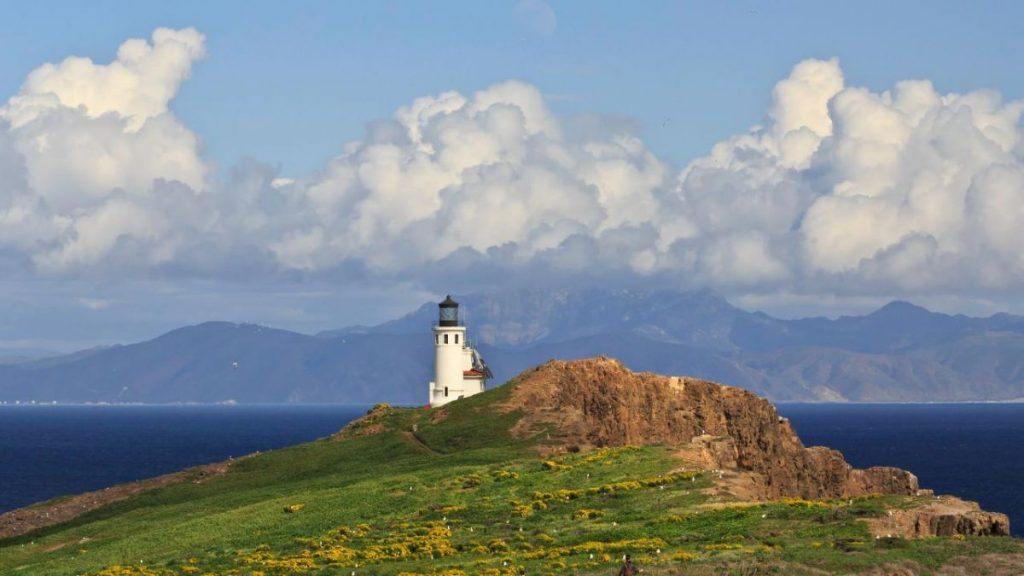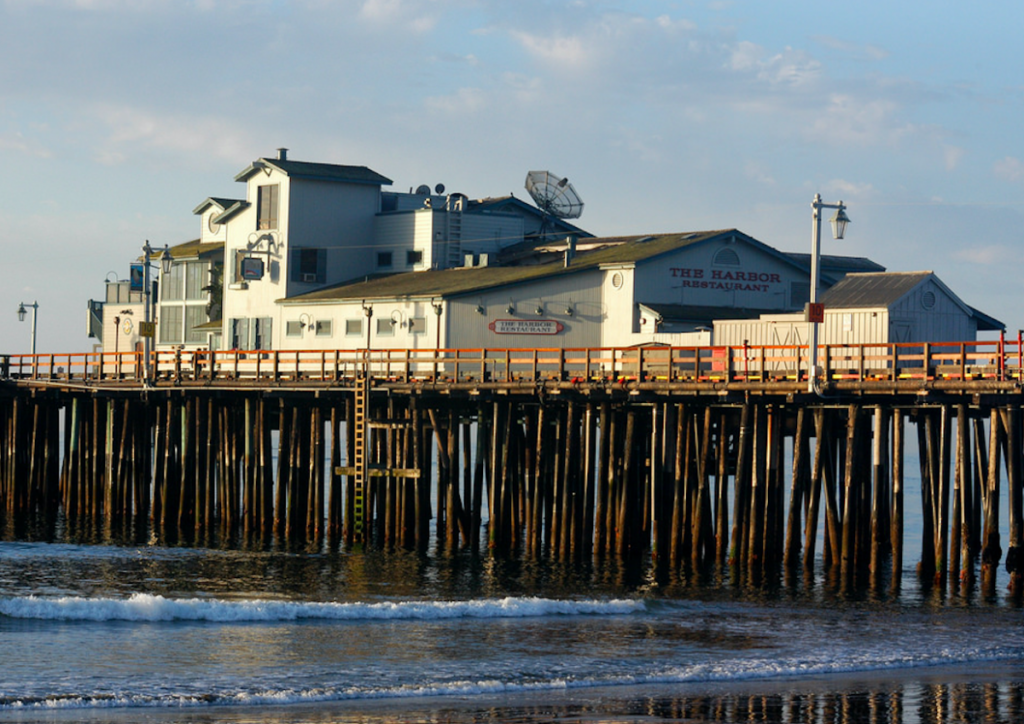


In Italian
Los Angeles and its neighborhoods, what to see.
An extremely variegated choice and rich in itineraries and locations to visit out of town, from the Californian coast as far as the inland, from the Ocean to the desert, through natural oasis and historic trails.
Find down here a selection of the 3 most suggestive paths to experience by day from Los Angeles and some further cues to deepen the tour in case you decide to dedicate it more days – if you have more time in your hands.
Find here further tips and deepener links about what to do in Los Angeles.
Santa Barbara, California.
A little and charming Revival Mediterranean Spanish colonial treasure, set among the green of the Santa Ynez Mountains, the blue of the Pacific Ocean and the almost “Polynesian” colors of the amazing archipelago of the Channels Islands.
What about the perfect itinerary?
Going up along the Californian coast from Los Angeles, driving the Route 101 northwards for about 150km going through some among the most iconic places of California: Venice, Santa Monica and then Malibu – the tour of the Getty Villa is not to be missed if you are vintage art lovers – or even less famous like Oxnard Shores and Faria Beach. And then stop for a few days right in Santa Barbara to enjoy sea, sun, relax and fun, besides outdoor activities, culture, history, cuisine and local traditions.

Los Angeles and its neighborhoods, what to see: visit Santa Barbara and the Californian coast, Channel Islands
You can start spending the morning on the beach in East Beach and then give yourselves an afternoon walk on the Stearns Wharf – the old wooden pier of the town. Then keep going visiting one of the most ancient Franciscan mission of the state – the Santa Barbara Mission – and the old County Courthouse, both still working today.
And enjoy the sunset between palms and ocean from the Chase Palm Park besides a tasty crabs and lobsters’ dinner at the Santa Barbara Shellfish Company, on the furthermost tip of the Stearns Wharf.
Find here some suggestions and indications about where to sleep in Santa Barbara.

Los Angeles and its neighborhoods, what to see: visit Santa Barbara and the Californian coast, Stearns Wharf
Palm Springs, one of the “hidden” treasures of the Sonoran Desert in Southern California.
A downright oasis of palms, green, fresh waters mirrors, spa and pure relax in the heart of the Coachella Valley, strategically located among some of the most fascinating parks and the natural preserves of the state: the Joshua Tree National Park, the San Bernardino National Forest and the San Gregorio Mountain.
A beloved destination by Californian people which is progressively attracting bigger and bigger number of international tourists: taking advantage of the nearness with Los Angeles – just two hours far by car – they choose it as a destination of peace and relax at the end of a long road trip in the South West.
For the spa, the wellness centers, the charm hotels, the golf courses, the luxury stores in Palm Canyon Drive and Indian Canyon Drive and an historic district with a museum dedicated to the local history besides some very beautiful buildings dating back to the early 1900s.
And even the Palm Springs Aerial Tramway – a tramway going up to 1800m in 4km crossing even 5 different ecosystems as far as reaching an amazing view point overlooking the Coachella Valley.
In addition, oasis, paths and rocky gorges of the Indian Canyons, Indio and Coachella small towns, their really colorful Mexican districts and one of the most popular and long waited events of the year – the Coachella Festival.
Find here some suggestions and indications about where to sleep in Palm Springs.
The Mojave National Preserve, a suggestive portion of the widener Mojave Desert.
Third desert plateau in the USA – become preserve in 1994 thanks to the California Desert Protection Act – it extends in its whole sunny and disarming beauty for about 6500 square kilometers.
It can be reached in about two hours by car from Los Angeles, going through backwards the final stretch of one of the most famous American roads – Route 66.
These are the stages recommended along the route: Pasadena, San Bernardino, Barstow, Newberry Springs, Bagdad Café, Amboy.
The wonderful Kelso Dunes – the so called “singing dunes” – and Teutonia Park, the greatest forest of the Joshua Tree in the USA, even though many people wrongly think that the record is held by the not far Joshua Tree National Park. Hole in to the Wall – whose rocks were literally dig by a violent eruption million years ago – the ancient volcanic basin and the Lava Tube lights – an underground tunnel with sudden openings in the rock towards the sky. And then a series of trails and paths for lovers.
In addition, some stops definitely curious like The World’s Tallest Thermometer – a giant mercury-in-glass thermometer reaching 134 degrees Fahrenheit (56,57 degrees Celsius), recorded right in this area on July 10, 1913 – and White Crosse Mojave Road Mailbox – the most remote mailbox in the world where tourists and visitors leave thoughts, sticks and small objects as a souvenir of their passage.
And a definitely rich fauna, considering the desert area: coyote, hares, sheep, desert tortoises and a wide range of snakes and scorpions – the latter are present mostly in Summer in the Kelso Dunes area.
Find here some suggestions and indications about where to sleep near the Mojave National Preserve.